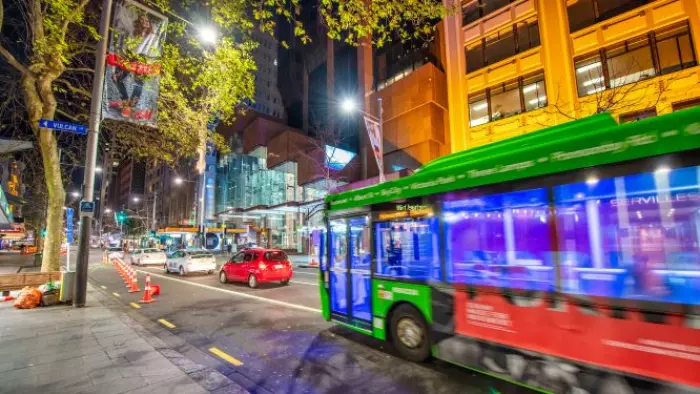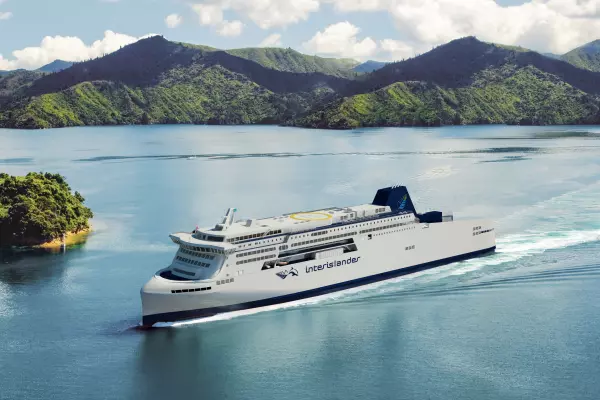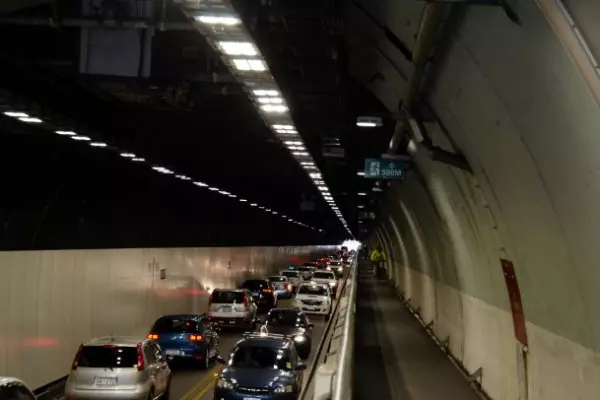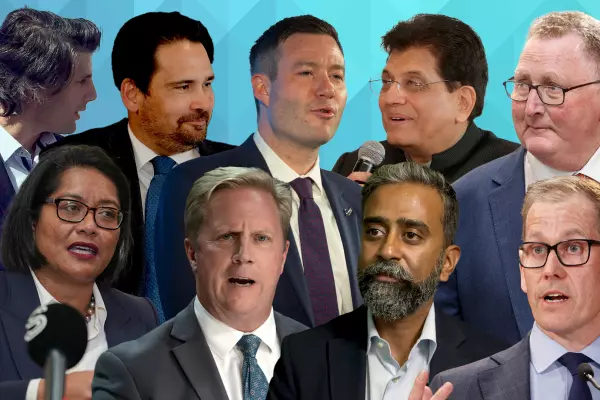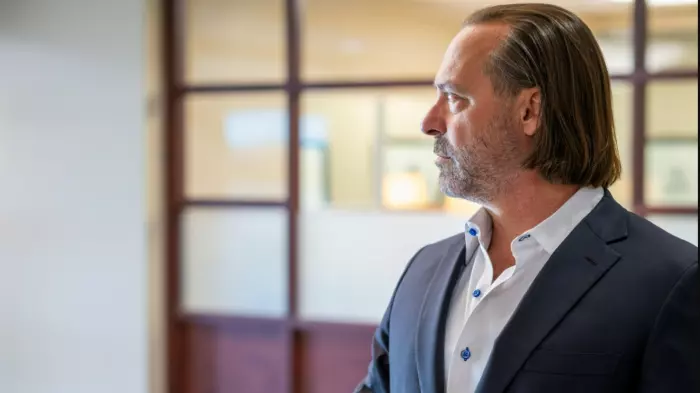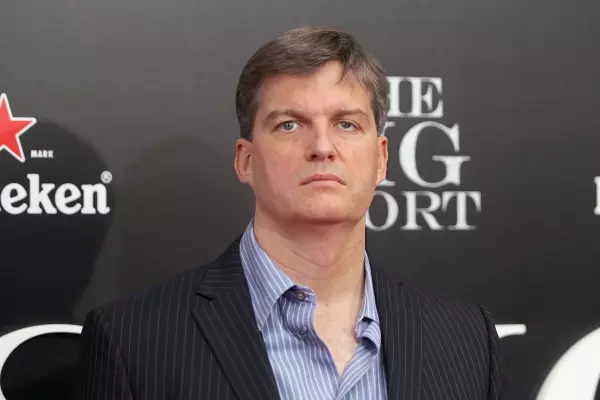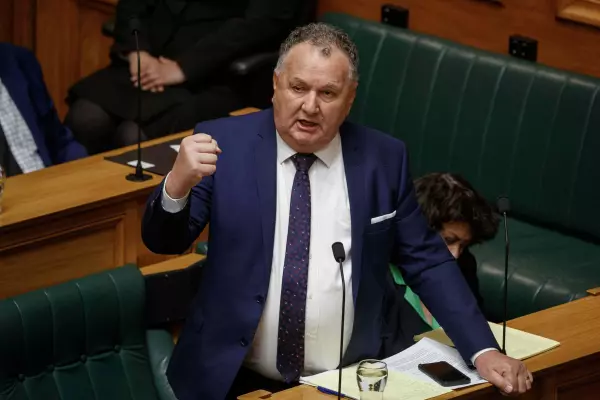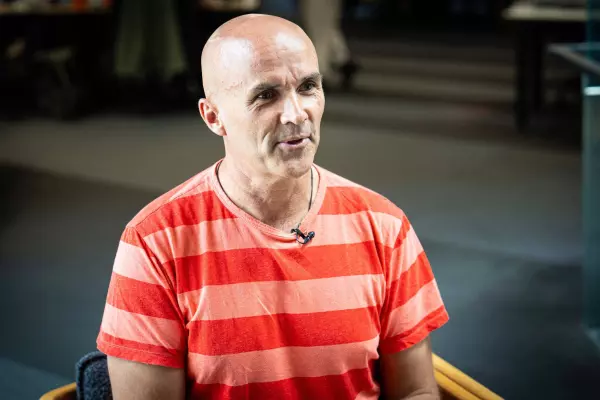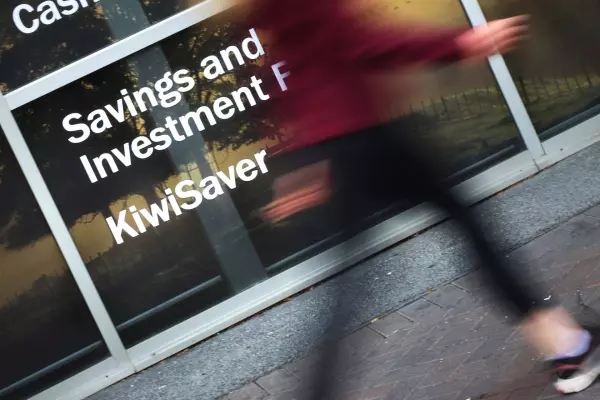Michael Wood will want to do better than the previous Minister of Transport, so it will pay for him to quietly reflect over the holidays about what he has inherited.
Most of the current policies were devised early in the previous term and things have changed since then.
The main changes include lessons learnt the hard way from:
- the complexities of an Auckland light rail solution;
- the commercial disruption caused by construction of an underground line in Auckland;
- a study debunking the case for shifting Auckland’s port to near Whangarei;
- pressures to find “shovel ready” projects;
- expected pressures to restrain government spending in the face of covid-related debts;
- pressures for expensive and debatable “Let’s Get Welly Moving” projects; and
- studies boosting the case for urban congestion pricing.
Some of the current transport policies are robust, such as those relating to ports, shipping, aviation, and private sector logistics chains.
Some are better than before but could do with further improvement, for example, road safety and urban railways.
Some decisions are easy to make, such as not moving the Port of Auckland and not further extending the Northland railway line.
Old myths
But the minister could make his tenure more successful by facing up to some old myths:
- Myth #1: That there is a special case for large subsidies to restore railways to their rightful place.
One line is financially sustainable - Tauranga-Hamilton-Auckland - and cases can be made for the urban and West Coast lines.
At the other extreme, the Northland line carried little freight and had been slated for closure. Its rehabilitation was not a good use of money.
Many of the other lines do not even cover their operating and maintenance costs and rely on political rather than commercial arguments for support. Where the subsidy cost per freight tonne-kilometre is high relative to what the customers pay, there is a case for a tough review.
- Myth #2: That railways are an essential part of the freight network.
This is true only in places.
It is an inconvenient truth that New Zealand’s geography and low population means trucks are the most suitable for many freight tasks such as farm delivery, access to forests, urban freight and short hauls generally, and most regional freight.
Trains are best for bulk movements, e.g., coal, and the longer container runs.
- Myth #3: That there needs to be increased use of coastal shipping.
This industry is important – Cook Strait ferries, tankers, and the Auckland-Christchurch container service – and pays its own way.
But propping it up with subsidies would undermine its nearest competitor, railways.
- Myth #4: That light rail is needed in Auckland because buses cannot cope.
Light rail in practice offers little more capacity than articulated buses.
It is not only much more expensive and commercially disruptive to install, but also much less flexible to construct and operate.
The alternative of busways, as with the excellent North Shore service, can be built in stages. The vehicles can use normal roads for the remainder of the journey and, without cost, span out onto feeder routes.
Central business district bus congestion can be addressed by making greater use, especially by electric buses, of Queen Street.
The bus turnaround problem in Auckland can be fixed by using the empty land next to the ferry terminal and near Britomart Station, which is much bigger than the efficient bus terminus near Wellington Station.
- Myth #5: That light rail, originally to terminate at Mt Roskill, should be extended to the airport area.
Light rail is too slow for longer trips like this, as shown by the poorly patronised example to the airport at Portland, Oregon. Improved buses and bus ways would be cheaper and better.
- Myth #6: That improved transport will help regional development.
NZ’s regional roads are generally adequate for most plausible regional developments and can readily have modest improvements where needed.
Regional rail improvements are less relevant, despite past political rhetoric. Social attitudes and problems such as land tenure, water supply, weather, pollution and soil types are greater regional challenges than is transport.
- Myth #7: That we need to accelerate the move to electric vehicles.
For most uses, these vehicles are still too expensive and do not have enough range. Subsidies to encourage them would favour the middle-class and regulations could hurt those on lower incomes. However, batteries are improving quickly and will eventually allow electric vehicles to become competitive.
Congestion pricing
To end on a more optimistic note, a policy where the new minister can really make his mark is urban congestion pricing.
It has been successful, and eventually popular, in reducing congestion in Singapore, Stockholm, London and elsewhere.
Reduced congestion in turn allows reduced road construction. For example, an additional Auckland harbour crossing would be redundant.
It has been thoroughly studied in NZ – a suite of good papers was released by the Ministry of Transport recently.
They include analysis of how to address the impacts on those with low incomes.
Although congestion pricing has bipartisan support, strong ministerial drive will be needed to see it through.
David Greig is a policy economist who has worked in the NZ Treasury and Ministry of Transport, the Victorian Treasury, the OECD, and the Australian Productivity Commission and consulting firm ACIL.


